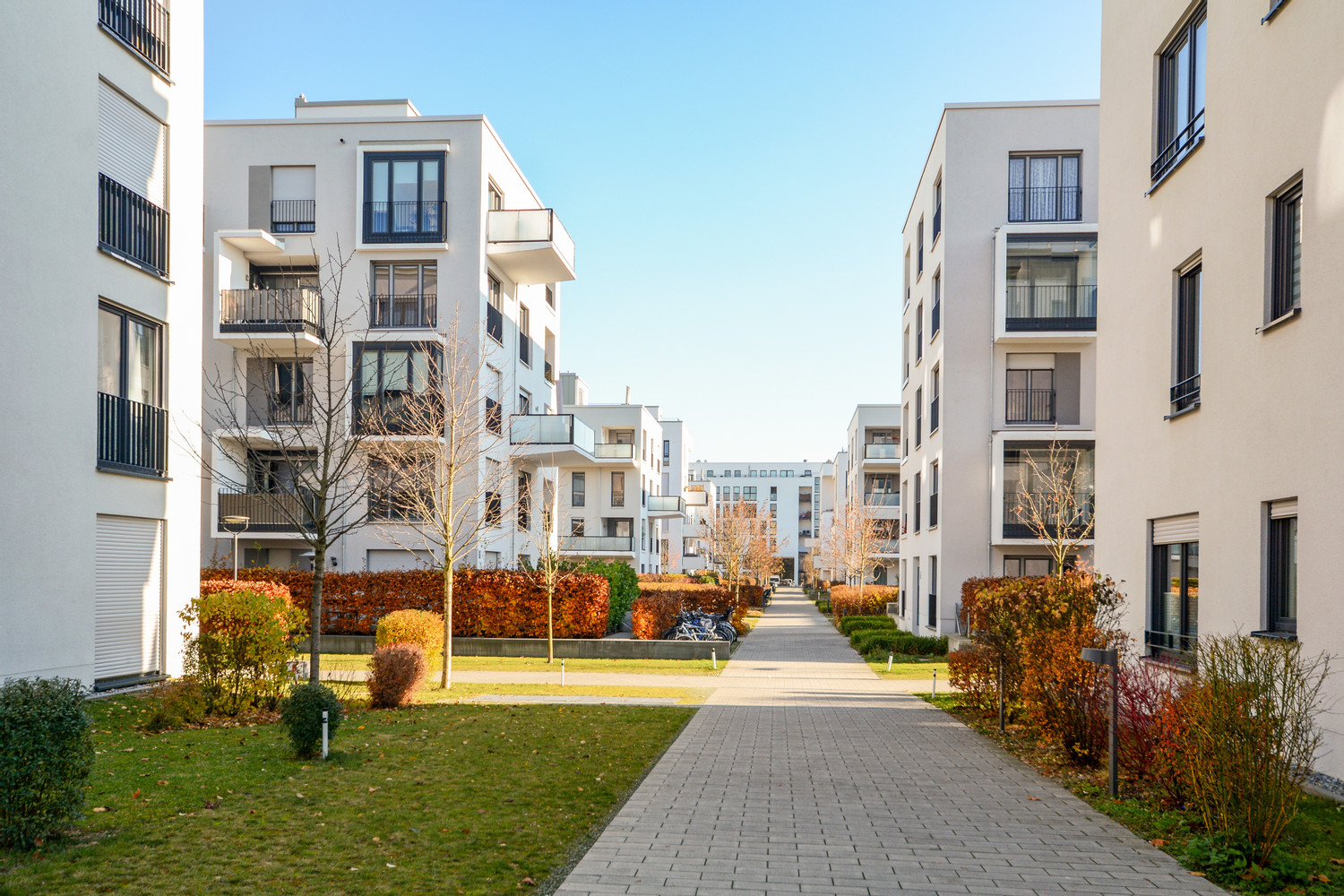India, a nation teeming with 1.4 billion people, stands at a crossroads in its urban development journey. For decades, the country has witnessed an unprecedented concentration of people and economic activity in a few metropolitan hubs, primarily Delhi, Mumbai, Bangalore, Hyderabad, and Pune. These cities, often dubbed as “job hubs,” have become the epicenters of India’s economic growth, attracting talent, investment, and innovation.
The allure of these metropolitan giants is undeniable. They offer a plethora of employment opportunities, a vibrant cultural scene, and access to world-class amenities. However, this intense focus on a handful of cities has come at a cost. Urban congestion, pollution, and a strained infrastructure have become hallmarks of these megacities, significantly impacting the quality of life for their residents.
While the challenges of these metropolitan hubs are evident, the underlying reason for their dominance is often overlooked: the scarcity of employment opportunities in other parts of the country. India’s urban development strategy has, for far too long, relied on a model of concentrated growth, neglecting the vast potential of its smaller cities and towns.
The time has come to question this paradigm and embrace a more balanced approach to urban development. India’s real estate landscape is ripe for a transformation, one that recognizes the potential of its satellite cities and paves the way for a more equitable distribution of economic opportunities.
The Rise of Satellite Cities: A Tale of Untapped Potential
Amidst the urban sprawl of India’s metropolitan hubs, a new breed of cities is quietly emerging. These satellite cities, located in the periphery of major metropolises, offer a promising alternative to the congestion and chaos of their larger counterparts.
While satellite cities may not yet boast the same level of economic clout as their metropolitan counterparts, they possess untapped potential. They offer a lower cost of living, better environmental conditions, and a more relaxed pace of life. Additionally, they are increasingly attracting investment in infrastructure and connectivity, making them more accessible and attractive for businesses and individuals alike.
The challenge lies in unlocking this potential. Satellite cities require investment in infrastructure, particularly in transportation and communication networks, to truly bridge the gap with their metropolitan counterparts. They also need policies that foster economic diversification, creating a wider range of employment opportunities beyond traditional industries.
The Road to a Balanced Real Estate Market
Achieving a balanced real estate market in India requires a multi-pronged approach that addresses the root causes of the current concentration of urban development.
Rethinking Urban Development Strategies
India’s urban development strategies need to shift away from a model of concentrated growth and embrace a more decentralized approach. This involves investing in infrastructure and promoting economic growth in Tier-2 and Tier-3 cities, creating new job hubs and reducing the pressure on metropolitan regions.
Investing in Infrastructure and Connectivity
Enhancing infrastructure and connectivity is crucial for the development of satellite cities. This includes improving transportation networks, expanding access to high-speed internet, and upgrading power and water supply systems. A well-connected infrastructure will make satellite cities more attractive for businesses and individuals, fostering economic growth and reducing the allure of congested metropolises.
Promoting Economic Growth in Tier-2 and Tier-3 Cities
Diversifying economic opportunities beyond the traditional industries concentrated in metropolitan hubs is essential. This involves promoting entrepreneurship, attracting investment in new sectors, and creating an enabling environment for businesses to thrive. By fostering economic growth in smaller cities, India can create new job hubs and reduce the dependence on a few select metropolises.
Conclusion: A New Era for India’s Real Estate Landscape
India stands at the threshold of a transformative era in its real estate landscape. By embracing a more balanced approach to urban development, investing in infrastructure and connectivity, promoting economic diversification, and fostering a decentralized approach to urban planning, the country can unlock the untapped potential of its satellite cities and create a more equitable distribution of economic opportunities.
This shift will not only alleviate the pressure on India’s overburdened metropolitan hubs but also create new growth engines for the nation’s economy. It will foster a more inclusive and sustainable urban development model, one that caters to the needs of all its citizens, regardless of their location.
FAQs
1. What is the main reason for the concentration of urban development in India’s metropolitan hubs?
The primary reason for the concentration of urban development in India’s metropolitan hubs is the scarcity of employment opportunities in other parts of the country. For decades, the government has prioritized economic growth in a few select cities, leading to an influx of people and investment in these regions.
2. What are the challenges of relying solely on a few metropolitan hubs for India’s economic growth?
Overdependence on a handful of metropolitan hubs for economic growth has resulted in several challenges, including:
- Urban congestion and pollution
- Strained infrastructure and resources
- A lack of economic opportunities in smaller cities and towns
- An increased cost of living in metropolitan hubs
3. What is the potential of satellite cities in India?
Satellite cities offer a promising alternative to congested metropolitan hubs. They provide a lower cost of living, better environmental conditions, and a more relaxed pace of life. Additionally, they are increasingly attracting investment in infrastructure and connectivity, making them more accessible and attractive for businesses and individuals alike.
4. What are the key steps India needs to take to achieve a balanced real estate market?
India needs to adopt a multi-pronged approach to achieve a balanced real estate market:
-
Rethink urban development strategies: Shift from concentrated growth to a decentralized approach, investing in Tier-2 and Tier-3 cities.
-
Invest in infrastructure and connectivity: Improve transportation networks, expand high-speed internet access, and upgrade power and water supply systems.
-
Promote economic growth in Tier-2 and Tier-3 cities: Diversify economic opportunities beyond traditional industries, foster entrepreneurship, and attract investment in new sectors.
-
Foster a decentralized approach to urban planning: Empower local communities and stakeholders in decision-making processes.
5. What are the potential benefits of a balanced real estate market in India?
A balanced real estate market in India would bring about several benefits:
- Reduced urban congestion and pollution in metropolitan hubs
- Improved quality of life for residents of smaller cities and towns
- More equitable distribution of economic opportunities across the country
- Enhanced economic growth and development at the national level



